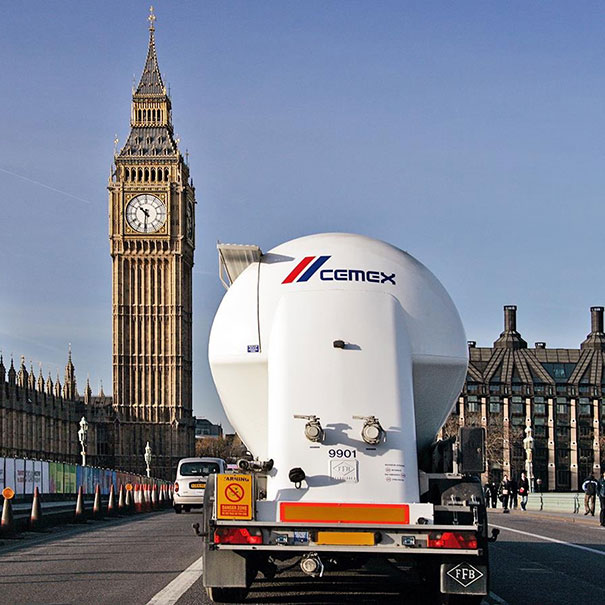It is widely used in the UK to increase the strength of concrete, and to improve workability of fresh concrete. It reduces water demand, shrinkage and permeability of the finished product. As it is a waste product, which would otherwise go to landfill, fly ash can significantly reduce the carbon footprint of concrete. It is viewed increasingly as a vital ingredient in low-carbon blended cements such as CEM II (see CEM II Blended Cements)
- Strengthen Concrete
- Improves Concrete Workability
- Reduces Water Demand
- Reduces Shrinkage & Permeability
- Reduces Carbon Footprint of Concrete


